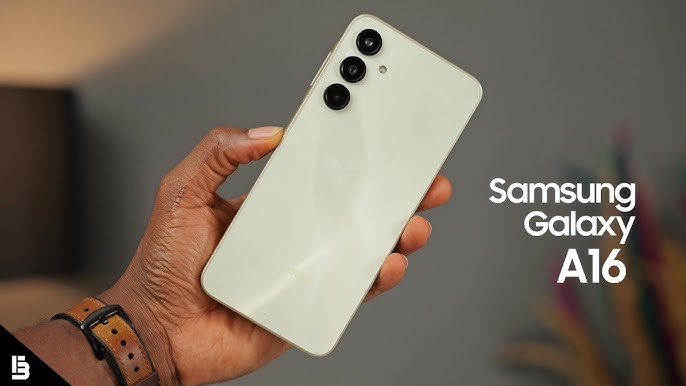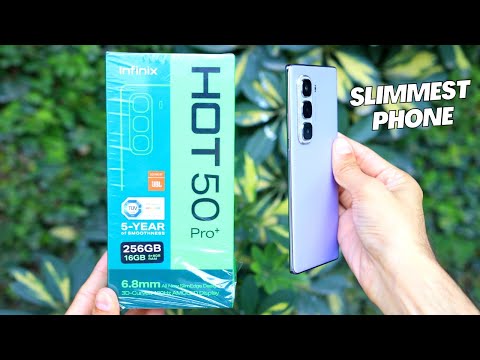Introduction: The Subtle Art of Persuasion Through Pricing in E-Commerce
In the dynamic arena of pricing strategies for e-commerce, understanding the psychological triggers that drive consumer behavior is paramount. How you present your prices is not just about covering costs and making a profit; it’s about leveraging cognitive biases to create a compelling narrative that resonates with your target audience. Psychological pricing tricks are not manipulative; they’re insightful tools that align with how humans naturally perceive value. This article will delve into a comprehensive exploration of various techniques, including the ever-popular charm pricing, the strategic anchor pricing, and the versatile tiered pricing, providing a robust understanding of how to set prices online to maximize sales and foster customer loyalty.
Key Points Overview: Unveiling the Cognitive Mechanisms Behind Pricing Strategies
The essence of effective psychological pricing lies in its ability to tap into the subconscious decision-making processes of consumers. Techniques such as charm pricing, anchor pricing, and tiered pricing are not arbitrary; they are grounded in established psychological principles. Successful implementation requires a nuanced understanding of consumer behavior, market dynamics, and the specific attributes of your product offerings. This article will provide a detailed examination of these strategies, enriched with practical examples and actionable insights.
Detailed Discussion: Mastering the Nuances of Psychological Pricing Techniques
Charm Pricing: The Enduring Allure of the .99 Effect
Charm pricing, or the practice of ending prices with .99, remains a stalwart in the arsenal of psychological pricing tricks. This technique capitalizes on the left-digit bias, where consumers focus heavily on the leftmost digit, perceiving $9.99 as significantly less than $10. This perceived discount triggers an emotional response, making products feel more affordable and enticing. Implementing charm pricing within your broader pricing strategies for e-commerce can create a powerful illusion of value, driving impulse purchases and increasing conversion rates. It’s important to understand the context of your brand, and if the .99 fits your brand image.
Anchor Pricing: Establishing a Reference Point for Value
Anchor pricing is a strategic technique that involves presenting a higher-priced option as a reference point, making subsequent lower-priced options appear more attractive. This strategy leverages the anchoring bias, where consumers rely heavily on the first piece of information offered. By strategically positioning a premium product or service alongside more affordable alternatives, you can influence customers to perceive the latter as a better value proposition. How to set prices online using anchor pricing effectively involves careful consideration of the relative price points and the perceived value of each option. This technique is particularly effective in product bundles or subscription models.
Tiered Pricing: Catering to Diverse Customer Segments
Tiered pricing offers customers a range of options at different price points, catering to diverse budgets and preferences. This strategy leverages the principle of choice architecture, where the presentation of options influences decision-making. By providing a spectrum of choices, you can capture a broader customer base and encourage upsells. For instance, offering basic, standard, and premium packages allows customers to select the option that best aligns with their needs and budget. Tiered pricing is a versatile tool in pricing strategies for e-commerce, enabling you to segment your market and tailor your offerings accordingly.
Decoy Pricing: Strategically Shaping Customer Choices
Decoy pricing involves introducing a third, less attractive option (the decoy) to make another option more appealing. This strategy leverages the compromise effect, where consumers tend to choose the middle option when presented with extremes. By strategically positioning the decoy, you can subtly guide customers towards your desired choice. Decoy pricing is a sophisticated psychological pricing trick that requires a deep understanding of consumer preferences and decision-making processes.
Bundle Pricing: Enhancing Perceived Value and Driving Volume
Bundle pricing involves offering multiple products or services together at a discounted price, creating a perception of added value. This strategy not only increases the average order value but also encourages customers to explore new products or services. Bundling can also be an effective way to clear out slow-moving inventory or promote complementary items. Implementing bundle pricing within your pricing strategies for e-commerce can significantly boost sales volume and customer satisfaction. The key is to ensure the bundle is perceived as a good deal.
Odd-Even Pricing: Tapping into Emotional and Rational Responses
Odd-even pricing combines the principles of charm pricing and perceived quality. Odd prices (e.g., $9.99, $19.95) are often associated with discounts and value, triggering an emotional response. Even prices (e.g., $10, $20) are perceived as higher quality and more luxurious, appealing to rational decision-making. Understanding these psychological associations can help you fine-tune your pricing strategies for e-commerce, aligning your pricing with your brand image and target audience.
Price Anchoring in Product Descriptions: Reinforcing Value Perception
Integrating price anchoring into your product descriptions can further enhance its effectiveness. By explicitly mentioning the original, higher price alongside the discounted price, you create a stronger sense of value and urgency. This technique reinforces the perception of a bargain, encouraging customers to make a purchase. Price anchoring in product descriptions is a subtle yet powerful psychological pricing trick that can significantly influence conversion rates.
Time-Sensitive Pricing: Creating Urgency and Driving Immediate Action
Time-sensitive pricing, such as limited-time offers, flash sales, or countdown timers, creates a sense of urgency and scarcity, prompting customers to make immediate purchases. This strategy leverages the fear of missing out (FOMO) and can significantly boost sales during promotional periods. Implementing time-sensitive pricing within your pricing strategies for e-commerce requires careful planning and execution to ensure it aligns with your overall marketing strategy.
Contextual Pricing: Adapting to Customer Behavior and Market Dynamics
Contextual pricing involves adjusting prices based on real-time customer behavior, market conditions, and competitor pricing. This strategy leverages dynamic pricing algorithms and machine learning to optimize pricing for maximum profitability. For instance, prices may fluctuate based on demand, time of day, or customer location. Contextual pricing is a sophisticated approach to how to set prices online, enabling you to adapt to changing market dynamics and maximize your revenue potential.
The Role of Visual Cues in Psychological Pricing
Visual cues play a significant role in how consumers perceive prices. Using visual elements like font size, color, and placement can influence perceived value. For instance, displaying discounted prices in a larger, bolder font can draw attention and create a sense of urgency. Similarly, using colors associated with discounts (e.g., red) can reinforce the perception of a bargain. Visual design must align with your pricing strategies for e-commerce to enhance the overall effectiveness of your pricing.
Psychological Pricing in Subscription Models
Subscription models offer unique opportunities for psychological pricing. Offering tiered subscriptions, free trials, and annual discounts can influence customer behavior and increase retention rates. Highlighting the value of each subscription tier and creating a sense of exclusivity can encourage customers to upgrade to higher-priced plans. Psychological pricing is essential for optimizing subscription models and maximizing customer lifetime value.
Conclusion: Crafting a Holistic Pricing Strategy with Psychological Insights
Mastering psychological pricing tricks is essential for success in the competitive world of e-commerce. By understanding consumer psychology and implementing strategies like charm pricing, anchor pricing, and tiered pricing, you can significantly influence purchasing decisions. Remember to analyze your target audience, market dynamics, and product offerings to tailor your pricing strategies accordingly. Effective pricing strategies for e-commerce can lead to increased sales, improved profitability, and stronger customer relationships.
FAQs
Q1: How can I determine which psychological pricing strategy is best for my products?
A1: Analyze your target audience, market dynamics, and product attributes. Conduct A/B testing to compare the effectiveness of different strategies and gather data-driven insights.
Q2: Are psychological pricing tricks manipulative?
A2: When used ethically, psychological pricing techniques are not manipulative. They are insightful tools that align with how humans naturally perceive value and make decisions.
Q3: How can I use visual cues to enhance my pricing strategy?
A3: Use visual elements like font size, color, and placement to influence perceived value. Display discounted prices in a larger, bolder font and use colors associated with discounts.
Q4: How important is price anchoring in product descriptions?
A4: Price anchoring in product descriptions reinforces the perception of a bargain, encouraging customers to make a purchase. It is a subtle yet powerful technique.
Q5: How can I implement time-sensitive pricing effectively?
A5: Create a sense of urgency and scarcity by using countdown timers, limited-time offers, and flash sales. Ensure your promotions align with your overall marketing strategy.
Q6: What are the best practices for implementing bundle pricing?
A6: Offer bundles that are perceived as a good deal, clear out slow-moving inventory, and introduce customers to new products. Ensure the bundle is relevant and provides added value.







